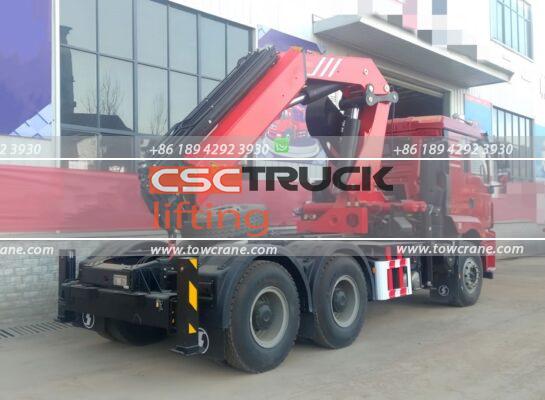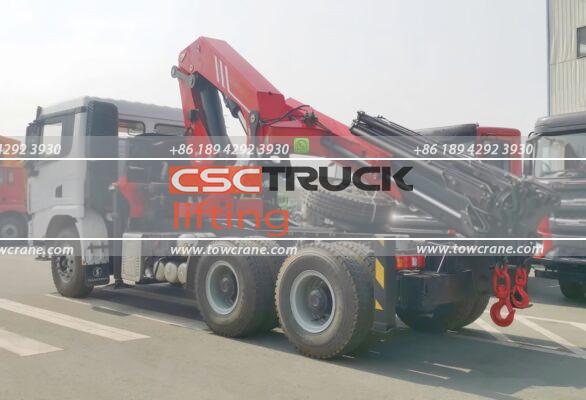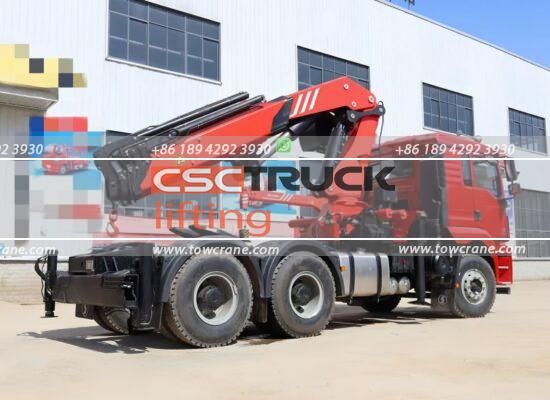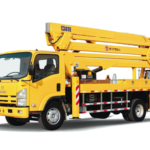There are various car maintenance tips circulating online. Do you believe them? Well, I did! However, today a professional advised that taking them seriously might be a mistake. What’s going on? Let’s find out:

1. Refueling in the Early Morning and Late Evening is More Economical? Not Necessary!
- Myth: Due to the principle of thermal expansion and contraction, the density of fuel decreases with higher temperatures and increases with lower temperatures. Since gasoline is priced by volume, refueling in the early morning or late evening during summer is more economical, whereas refueling at midday when it’s hot is less so.
- Explanation: Theoretically, this makes sense. However (and there’s always a “but”), although summer temperature differences are significant, gas station fuel tanks are buried underground, where the temperature is relatively constant. Even when fuel is pumped into the car, the process only takes a minute or two, making the impact of temperature differences on fuel volume negligible. So, many vehicle owners who get up early and stay up late to refuel are doing so for no real benefit.
2. Turning Off the Air Conditioner Before Shutting Off the Engine to Protect the Car? Not Reliable!
- Myth: Before parking, you should turn off the car’s air conditioner a few minutes in advance, then turn off the engine. This way, the engine doesn’t start with the air conditioner load next time, preventing damage to the car.
- Explanation: There’s no basis for this! An experienced car mechanic explained that the air conditioner switch and the ignition are independent. Turning off the air conditioner only shuts off its independent switch, while turning off the car cuts power to all electrical devices. Shutting off the engine directly won’t harm the air conditioner or the engine.
3. Following the Car in Front Through Water? Not Always!
- Myth: When driving through flooded roads during the rainy season, there are various ways to judge if your vehicle can make it through. One method is to compare the water depth to the bumper or tire. Another simpler way is if a similar vehicle can pass, you can assume your car can too.
- Explanation: Only if you’re fearless! Judging your vehicle’s ability to cross a flooded road by the car in front is a rough estimate and not always reliable. Different cars have different air intake placements; some face forward, others sideways. Forward-facing intakes are more prone to water intake. Additionally, even similar models (sedans or SUVs) can have different intake heights. Therefore, solely relying on other similar vehicles to judge if your car can pass isn’t scientific. Even with the same car, different drivers’ actions can yield different results. If you must drive through water, wait until the car in front has completely passed. The leading car creates waves, increasing water height and the likelihood of water entering your intake. Moreover, if the car in front stops, you may have to stop, increasing the chance of water entering the exhaust system due to the waves behind you.
These examples highlight the importance of critically evaluating car maintenance tips found online. Always consider professional advice and use your judgment to ensure your car’s maintenance and your safety.










